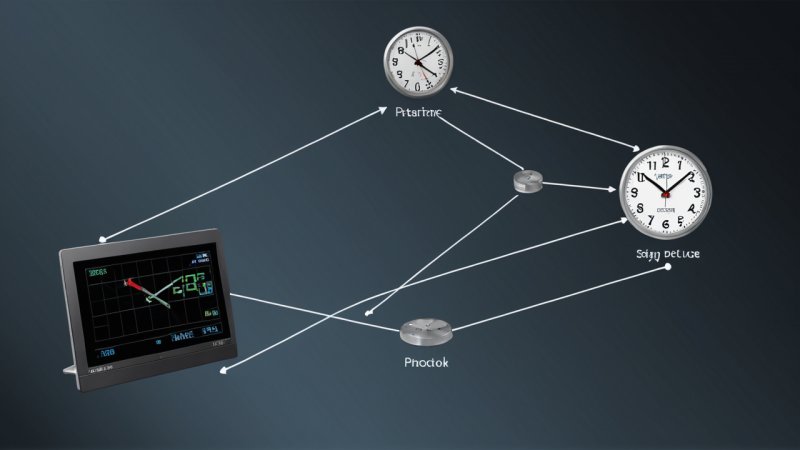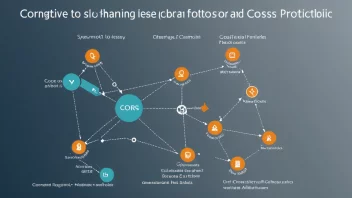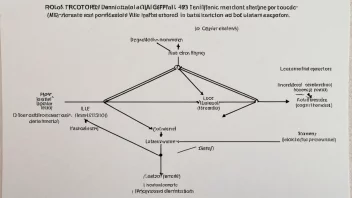What is Precision Time Protocol (PTP)?
Precision Time Protocol (PTP), defined in IEEE 1588, is a network protocol used to synchronize clocks throughout a computer network. It is particularly effective in scenarios where high precision is required, such as in telecommunications, power generation, and financial trading.
How does PTP work?
PTP operates by utilizing a master-slave hierarchy to synchronize clocks. The master clock sends synchronization messages to the slave clocks, which adjust their time based on the timestamps received. This method significantly reduces the synchronization error, achieving accuracy within the sub-microsecond range.
What are the main components of PTP?
- Master Clock: The primary time source in a PTP network, responsible for sending synchronization signals.
- Slave Clock: The devices that receive synchronization signals from the master clock and adjust their time accordingly.
- Boundary Clock: A special type of slave clock that can also act as a master for other slaves, thus reducing the burden on the main master clock.
- Transparent Clock: A device that measures the time it takes for PTP messages to pass through and adjusts the messages to ensure accuracy.
What applications benefit from PTP?
PTP is widely used in various applications, including:
- Telecommunications: Ensuring that data packets are sent and received with accurate timestamps.
- Finance: Synchronizing trading systems to prevent discrepancies in transaction times.
- Power Generation: Coordinating time-sensitive operations in grid management.
- Broadcasting: Maintaining synchronization in audio and video signals.
How does PTP compare to Network Time Protocol (NTP)?
While both PTP and NTP are used for time synchronization, PTP is designed for high precision applications and can achieve more accurate synchronization than NTP, which typically operates in the millisecond range. PTP's master-slave architecture allows for lower latency and higher accuracy, making it ideal for applications that require exact timekeeping.
What are the challenges of implementing PTP?
Implementing PTP can present several challenges, including:
- Network Configuration: PTP requires specific network configurations, including support for multicast traffic.
- Hardware Requirements: Not all devices support PTP, and specialized hardware may be necessary for optimal performance.
- Latency Issues: If the network introduces significant latency, it can affect the accuracy of time synchronization.
Can PTP be used over wireless networks?
Yes, PTP can be implemented over wireless networks, but it may face challenges such as increased latency and jitter. To mitigate these issues, it's essential to use high-quality wireless equipment and potentially implement additional synchronization protocols to ensure accuracy.
What are the future trends for PTP?
With the rise of the Internet of Things (IoT) and smart grid technologies, the demand for precise time synchronization is expected to grow. Future developments may include enhanced PTP profiles tailored for specific applications and improved support for PTP in consumer devices.
Is PTP widely adopted?
Yes, PTP has gained significant traction across various industries due to its ability to provide high-precision time synchronization. Organizations are increasingly adopting PTP to improve the performance of their networks and applications.






